Reconnaissance vehicles are the most powerful means of intelligence in modern wars. Ukraine uses images taken by military and commercial satellites of democratic countries. Russia, cut off from the civilized world by sanctions, relies on what it has been launching in recent years.
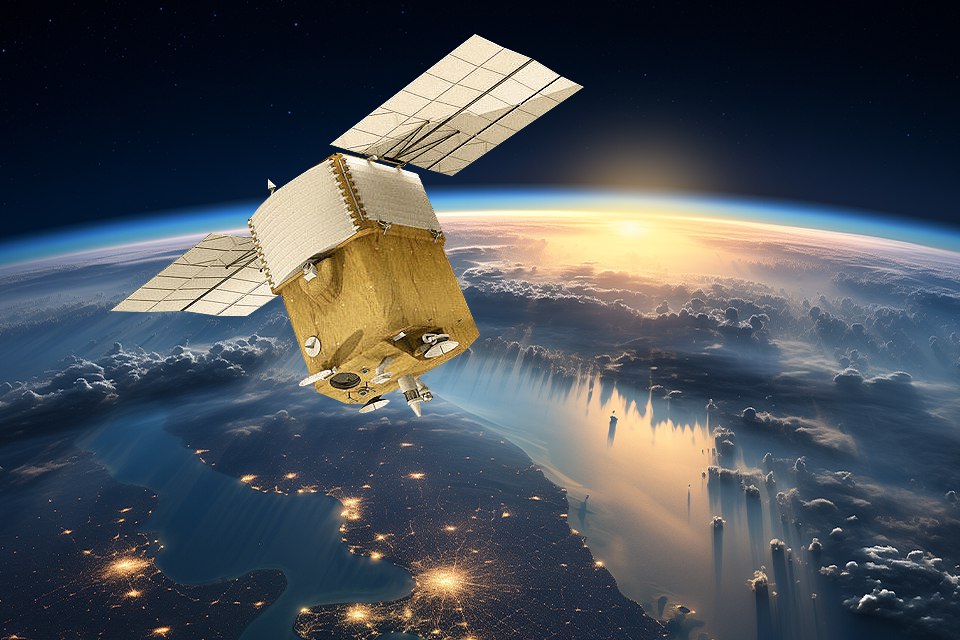
What reconnaissance satellites see on Earth
Russia’s large-scale invasion of Ukraine has shown how powerful an intelligence tool satellites can be, observing the Earth’s surface from space. They can be used to check the real state of affairs on the battlefield at intervals of several days or even hours. And the enemy cannot do anything about it.
Modern Earth observation satellites are divided into several types, depending on which part of the spectrum they operate in. Most of them are those that capture images in the range visible to the human eye. They can take photos only during the day, provided the weather is clear. There are also plenty of infrared or multispectral devices that can perceive other wavelengths and see much more than a person looking at the Earth from space.
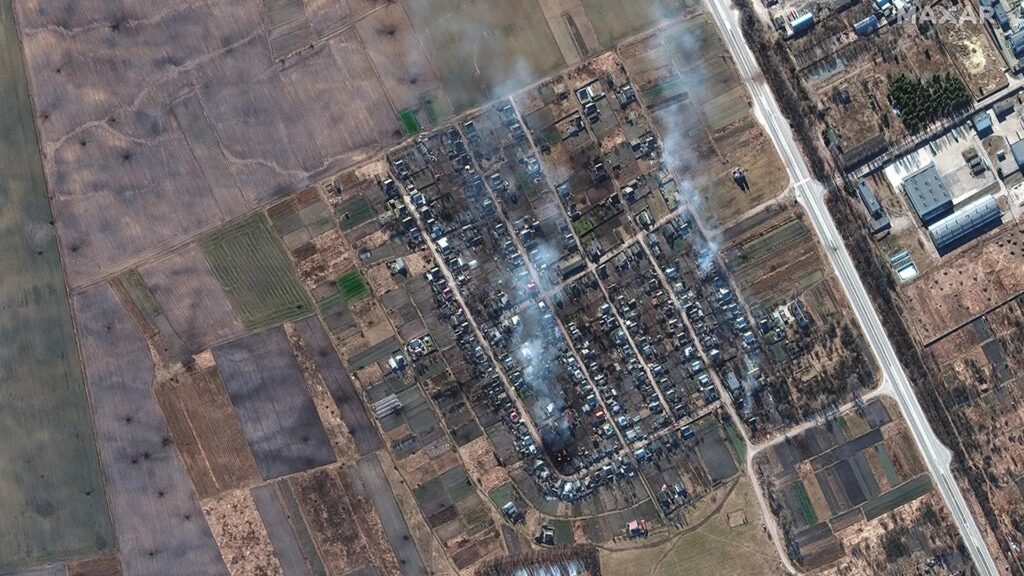
Another type is a variety of radar satellites that emit and pick up radio waves, creating a picture of what is happening on Earth, regardless of the weather and time of day. Special mention should be made of radio reconnaissance devices capable of picking up any signal from a sufficiently powerful emitter, including military radars and enemy navigation systems.
All these types of satellites are or have been in Russia’s possession in one way or another. However, how many of them are currently capable of performing their functions remains a question.
Russia’s Soviet legacy
Most of the satellites that the aggressor’s armed forces can use to detect targets both on the contact line and in the deep rear are specialized vehicles created specifically for this purpose. Due to technical lag, Russia has long used Soviet-era designs. They captured images not on matrices and electronic media, but on film, which had to be returned to Earth in special capsules.
We are talking about the Yantar satellites that have been launched since 1974. The last one, Kosmos-2505, was launched in 2015. All of them were optical satellites. Despite the primitive technology, they had quite powerful cameras. The latest generation provided a resolution of up to 30 cm, enough not only to find a single tank but also to determine its type with a certain degree of certainty.
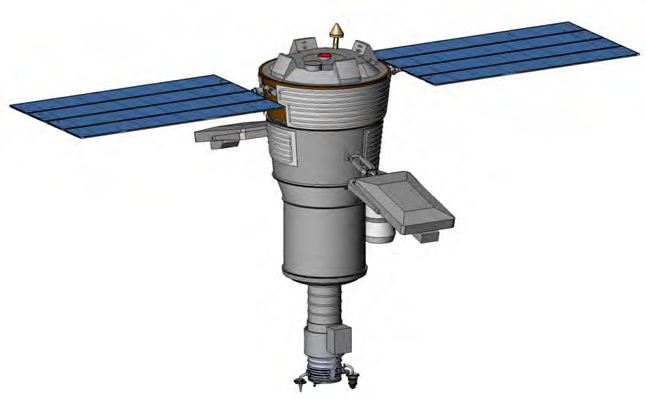
The main problem even with the “up-to-date” Kobalt-M satellites (also known as Yantar-4K2M) was the need to wait until all the film was used, then jettison the capsule, then search for it, retrieve the film, develop and decrypt it. Consequently, it was impossible to use such devices for rapid targeting. Because of this, no one even tried to make them durable. The same Cosmos-2505 worked only until September 2015, after which it splashed down somewhere in Russian swamps. Even if it did manage to detect some positions of the Ukrainian Armed Forces that were repelling Russian aggression in Donbas, this information quickly became outdated. So Russia decided to finally catch up with the civilized world and launch satellites with digital cameras.
Modern Russian reconnaissance satellites
Russia made its first attempt to create a satellite capable of storing optical images in digital format and quickly transmitting them to Earth long before the launch of the last Yantar. Resurs-DK1 was launched in 2006 and was considered a purely civilian satellite, ostensibly designed to monitor agricultural and natural lands. It had a resolution of up to 1 m in black-and-white mode and 1.4-1.8 m in multiband mode.
However, as with virtually every Russian spacecraft, in this case, one cannot be sure that the military did not use it for its own purposes. Anyway, Resurs-DK1 operated until 2016, after which it was decommissioned. However, the military was satisfied with the tests and ordered a series of Persona reconnaissance vehicles based on it. They had roughly the same resolution (about a meter or slightly better), but could transmit color images. These are quite large satellites weighing up to 7 tons, which are placed into polar orbits at an altitude of 710 km.
In total, only 2 Persona satellites were successfully launched in 2013 and 2015. Their warranty period is 7 years, which leads some experts to conclude that they have either already failed or will soon. However, based on the experience of Resurs-DK1, they may still be operational.
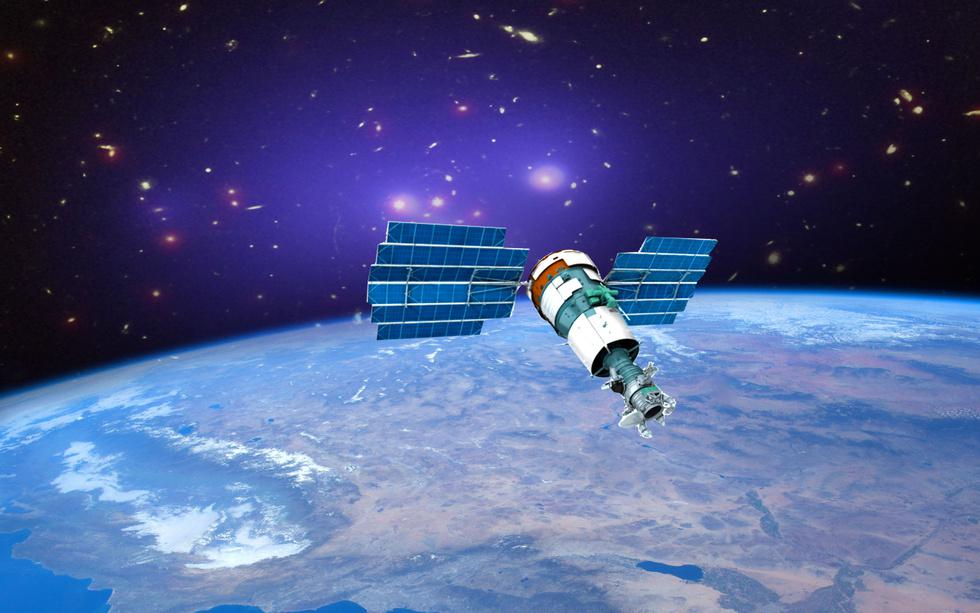
The Personas are not capable of taking such detailed photos as the Maxar and Planet Labs satellites, but their capabilities are more than enough to detect positions and pieces of equipment, not to mention airfields, power plants, and other strategic objects.
Russia also has devices of the Bars-M series. They are more up-to-date in terms of hardware, but in terms of camera resolution, they are slightly inferior to the Personas. Their main purpose is to quickly draw up military maps of the area, although they are also quite suitable for detecting positions and clusters of equipment. However, determining the technical condition or damage analysis is problematic for them.
Russia launched two Bars-M satellites into orbit in 2015 and 2016. They are nearing the end of their service life, but we should not expect that they are no longer capable of taking pictures. In addition, two more satellites of this type were launched by the Russians after the start of the large-scale invasion of Ukraine – in May 2022 and March 2023. These satellites take pictures of the territory of Ukraine at least once every few days.
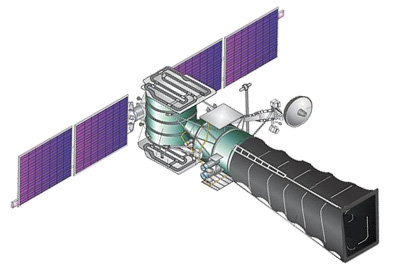
All the above-mentioned devices should not be confused with missile warning systems. The latter formally also belong to optical and infrared satellites, but they are located in much higher orbits: 1600-2000 km above the Earth.
Thanks to this, they can see its entire surface at the same time and are able to spot the plume from a ballistic missile immediately after launch. But they are categorically incapable of detecting such “small” targets as troop positions. Russia regularly updates its fleet of these vehicles. Over the past eight years, five Tundra satellites have been launched into space. All of them are officially on combat duty.
In addition, it is worth mentioning the Condor satellites launched in 2013 and 2014. According to the manufacturer, they were intended for the Russian space forces. The first of them stopped functioning in November 2022, and nothing is known about the second. However, in May 2023, the Russians were able to launch a new version of this spacecraft called Condor-FKA. According to reports, the resolution of its cameras can range from 1 to 12 meters depending on the mode.
“Civilian” satellites
In addition, Russia has a number of devices that are officially considered civilian, but may well be used to recognize targets of artillery or missile strikes. First of all, this applies to the Resurs-P satellites, a “civilian” version of Persona capable of performing all the tasks that can be assigned to satellites.
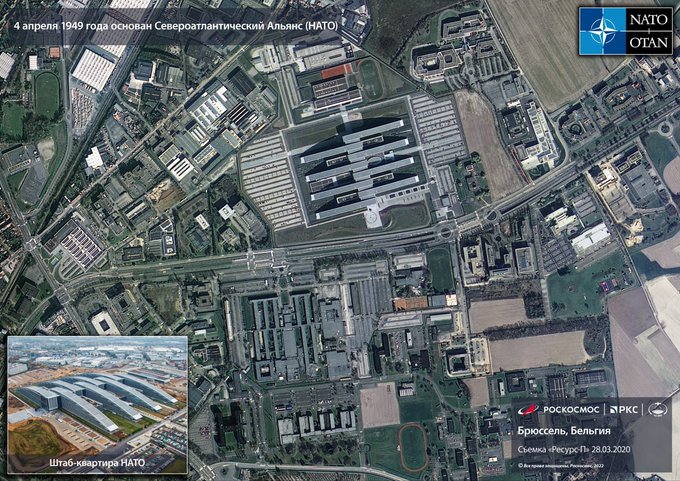
The resolution of Resurs-P is slightly less than 1 meter. What these devices are capable of can be seen in the images of NATO headquarters published in 2022 by the then head of Roscosmos, Dmitry Rogozin. However, for some reason, he presented images from two years ago, which led experts to believe that he simply did not have any fresh ones. This is not surprising, given that the two Resurs-Ps launched in 2013 and 2014 have officially completed their work. The third one, launched in 2016, is still in operation.
We should also mention the Kanopus-B satellites. The Iranian Hayam satellite is of this type. Its launch in August last year caused a lot of noise, as it was reported that Russia would use it to monitor the territory of Ukraine.
In fact, there was no particular reason to worry about this. Information on the resolution of the Kanopus-B varies from source to source, but it is generally estimated to be between 2 and 10 meters. That is, such vehicles are much less well suited to detecting targets on Earth than abovementioned Personas or Bars-M.
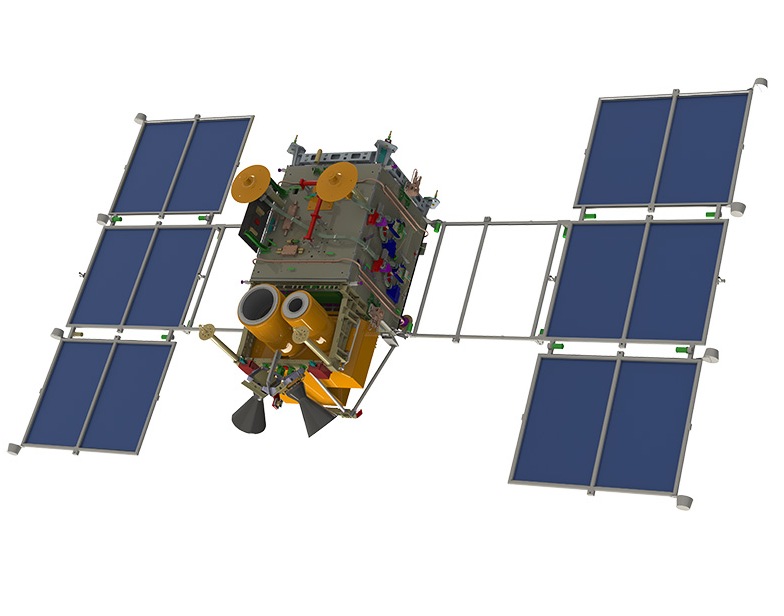
In addition to the aforementioned Hayam, since 2012, Russia has launched six more satellites of this type, one of which takes pictures in the infrared, which means it can theoretically detect heat sources on the night side of the Earth. It is not known how many of them are still in operation.
Theoretically, the category of optical Earth observation satellites also includes meteorological satellites, which Russia launches from time to time. For example, since 2014, it has launched four Meteor-M satellites, the last of which was put into orbit in June 2023.
These satellites can provide some images of the territory of Ukraine, but their resolution does not allow us them see anything significant at all. In any case, Russian troops can count on weather forecasts.
Radar reconnaissance
Apart from all of the above, there are Russian radar reconnaissance capabilities. At present, they are represented primarily by the Liana maritime reconnaissance and targeting system, the successor to the Legenda developed in the Soviet Union. This system was designed to detect active radars on enemy ships and transmit their coordinates directly to their own commandment, to be used to guide missiles.
Liana does the same thing, but it can track targets not only at sea but also on land. It currently consists of 5 Lotus-C satellites and two Pion-NKS satellites. All of them were launched within the last 10 years, so it is very likely that they are still functioning.
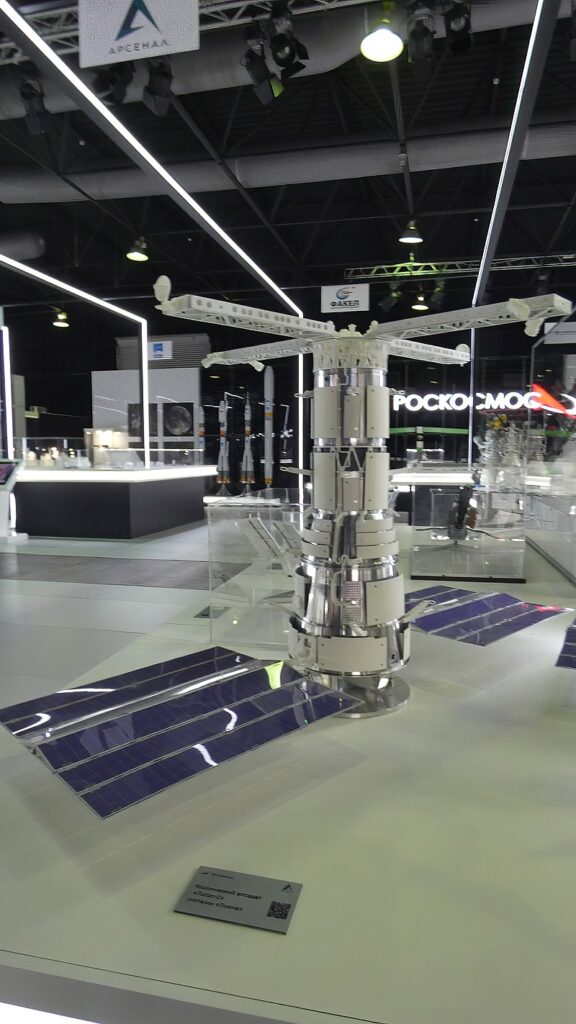
Lotos-S are passive radar satellites. They only listen to the airwaves in search of radars, such as those that are used by anti-aircraft missile systems (i.e. Patriot). Having determined their coordinates, they transmit this information to Russian ships, and from there they launch Kinzhal and Onyx missiles at the detected targets.
The more up-to-date Pion-NKS is an active reconnaissance satellite. It has its own radar that irradiates the surface. What it can actually do is a complicated question: Russia even claims to be able to detect armored vehicles, but it is difficult to say whether this is true. At the very least, this device should be able to see airplanes and large drones in the air.
Despite the fact that the Liana system is presented by the Russians as “global,” its satellites in orbit are clearly not enough to constantly monitor all important events on the globe. Such satellites can monitor the territory of Ukraine only during certain hours.
What we don’t know about Russian military satellites
Some may suspect that the Russians have some satellites that no one knows about. It is worth clarifying this situation. It is impossible to completely hide the fact that something has been launched into orbit, because the United States also has early warning satellites. And the Russians regularly report their active vehicles to the UN.
The other thing is that they are not obliged to report anything other than orbit parameters. Since the 1950s, the Soviet Union has been referring to all vehicles of uncertain purpose with the word Kosmos and numbers. Subsequently, it often turns out that it was a satellite of a different series.
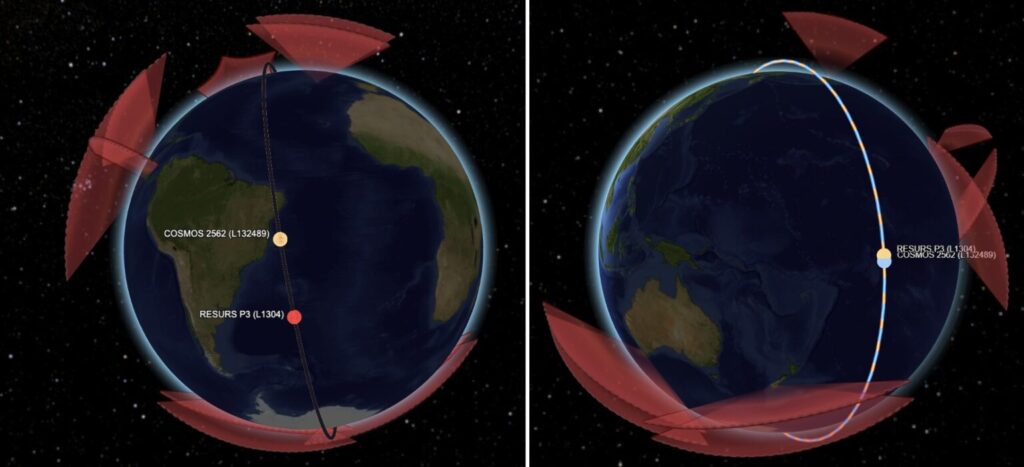
Of the more than 2,500 satellites of this Kosmos series we know at least the main purpose of most of them. However, for some, it still remains a mystery. In particular, as for the spacecraft launched by Russia since 2014, almost nothing is known about at least 10 of them. They could turn out to be anything.
What Russia can really do
The aggressor country does not stop at what it already has. In particular, by the end of next year, it plans to launch three more Resurs-P satellites. For several years now, there has been talk that Russia will launch a new generation of Razgon and Razdan satellites. Allegedly, they will have even higher resolution than the Personas.
However, this has been discussed for years, and the launch dates have been postponed several times. But even if it is not these satellites, Russia is likely to launch something else. Will this somehow affect the course of the war?
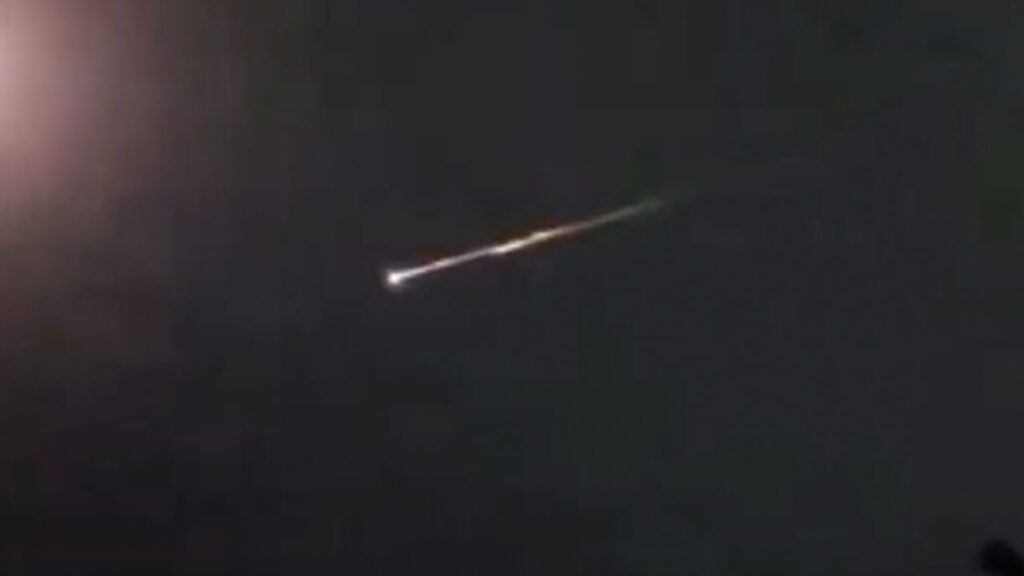
To a large extent, the answer to this question depends on how the Russian space industry is actually affected by Western sanctions. Is there any way to circumvent them? Or is it possible to rely on our own strength?
At the moment, the situation is equally far from victorious assessments such as “Russia can do nothing” and from the picture of invincibility created by the Russian media. The satellite capabilities of the aggressor state are clearly inferior to those of NATO. But this does not mean that it has lost all of its “space eyes”: at least once every few days, its military is quite capable of inspecting a certain point on the territory of Ukraine, if it is not covered by clouds. What opportunities this gives them is another question.
